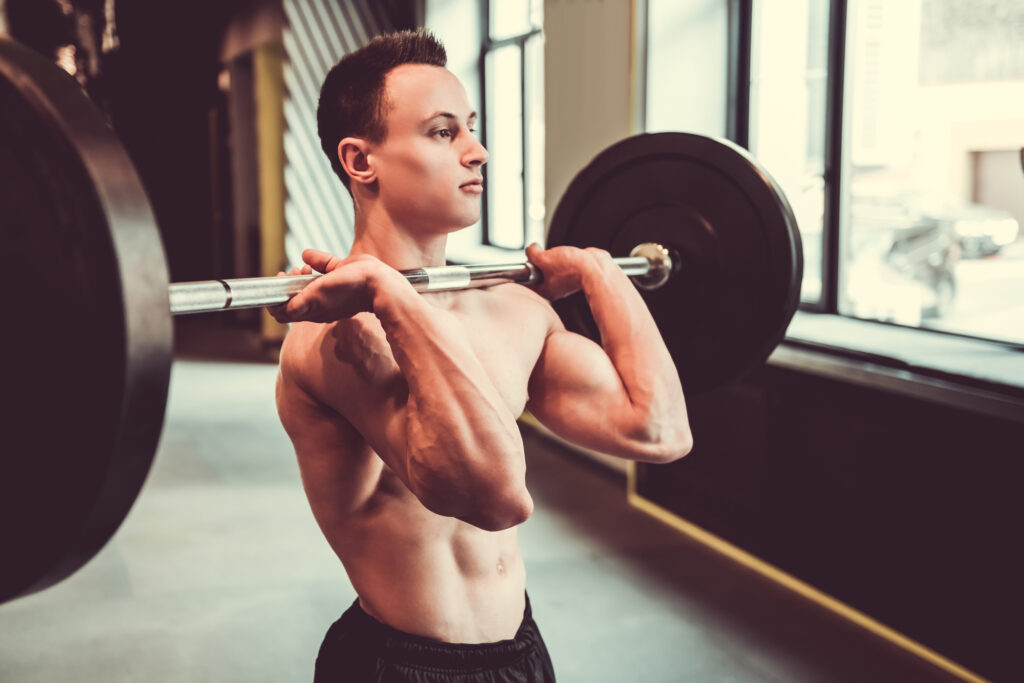Six pack abs, or the rectus abdominis muscle, is what many aspire to when they talk about getting a “defined” or “toned” abdomen. The visibility of this muscle largely depends on two factors: the thickness of the fat layer covering them and the development of the muscles themselves.
Body fat percentage is a measure of how much of your total body weight is made up of fat. At higher body fat percentages, the layer of fat covering the muscles is thicker, making the muscles beneath less visible. As you reduce your body fat percentage, this fat layer becomes thinner, allowing the underlying muscles to become more apparent.
For many people, 12% body fat is a point at which the contours of the six pack begin to show, especially if the muscles have been strengthened and developed through exercises like crunches, leg raises, and planks. However, it’s worth noting that the exact body fat percentage at which the six pack becomes visible can vary from individual to individual. Some factors that can influence this include genetics, the distribution of body fat, and the size and development of the abdominal muscles.
For men, six pack abs often become more pronounced and noticeable at body fat percentages below 12%, like in the 6-10% range. For women, who naturally carry a higher percentage of body fat, visible abs might start to appear between 14-20%. Again, the specifics can vary based on individual differences.
So, to answer your question, yes, six pack abs can start to show at 12% body fat, especially if you’ve been engaging in targeted abdominal exercises to develop the muscles underneath. However, achieving and maintaining such a low body fat percentage requires a combination of a well-structured diet, consistent exercise, and sometimes, favorable genetics. Remember, the journey to visible abs is not just about reducing fat, but also about building muscle.

